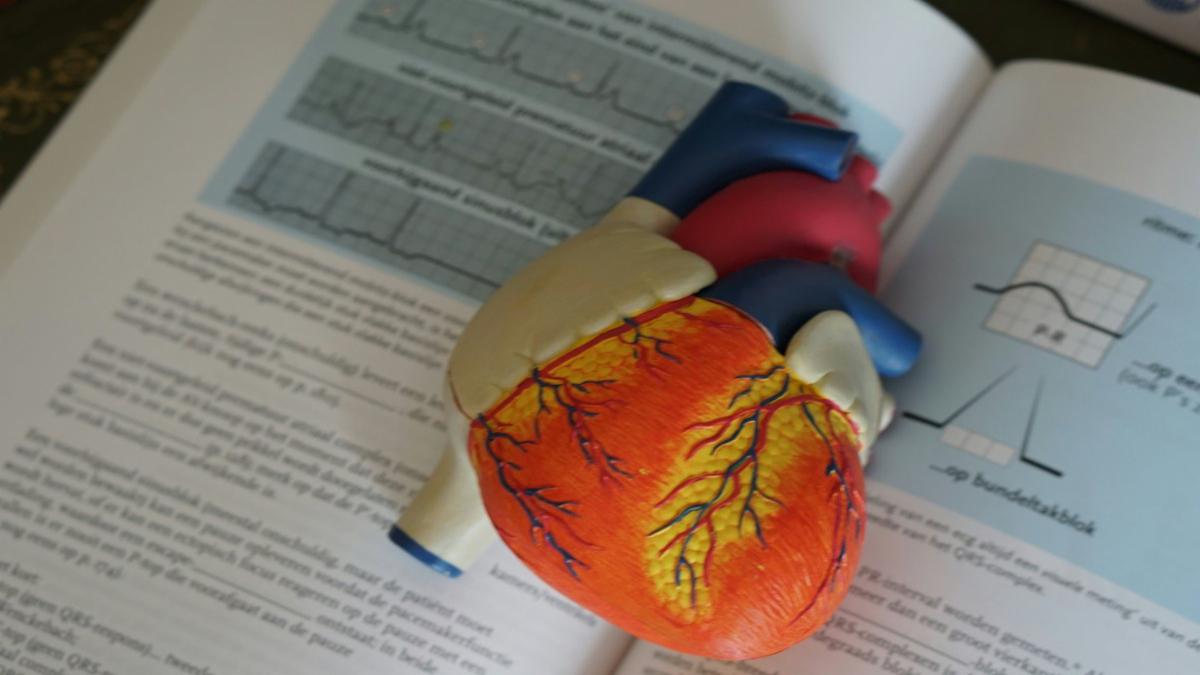Article Body
Alarming headlines and viral videos have recently spotlighted a disturbing trend: seemingly fit young people collapsing at the gym due to sudden heart attacks. The issue is sparking debate across the fitness world and raising urgent questions — are gyms themselves to blame, or is the problem deeper?
A recent episode of Health Wealth Season 2, titled "Are gyms causing heart attacks?", addresses these fears head-on. Host and health advocate sat down with Dr. Richa Mishra, physiotherapist and VP Operations at Anytime Fitness India, to separate myth from medical truth.
Surge in Young Heart Attack Cases Raises Concerns
In recent years, India has seen a spike in heart attacks among people under 40. Social media platforms are flooded with clips of bodybuilders and casual gym-goers collapsing mid-workout. This growing pattern has created fear around gym workouts, with many wondering if high-intensity training is more harmful than helpful.
According to a 2024 study by the Indian Heart Journal, the rate of myocardial infarction in men aged 25–40 has increased by over 15% in the past five years — with many cases linked to lifestyle stress, poor diet, and underlying conditions.
Expert Insight — “It’s Not the Gym, It’s the Approach”
“The gym is not the culprit. It’s the way people use it,” says Dr. Richa Mishra, addressing the panic.
In the Health Wealth podcast, Dr. Mishra explains that sudden, unregulated high-intensity workouts, often without medical clearance, are one of the biggest dangers. Especially post-COVID, many individuals have underlying inflammation or cardiac strain that goes unchecked before resuming vigorous training.
She notes that pre-existing heart conditions, lack of warm-up, and ego-driven lifting are the real risk factors.
gym safety Checklist from Dr. Mishra
To make gym-going safer, Dr. Mishra recommends the following:
-
Get a heart health check-up before starting or resuming a workout routine, especially post-30 or post-COVID.
-
Warm up for 5–10 minutes before weightlifting or cardio.
-
Avoid pushing limits without gradual progression.
-
Listen to your body — chest tightness, dizziness, or fatigue are not signs to "push through."
Why the Gym Still Matters
Despite concerns, experts stress that a sedentary lifestyle is far more dangerous than an active one. Regular, moderated gym workouts improve cardiovascular health, regulate blood pressure, and boost mental well-being.
“Consistency is key,” says Dr. Mishra. “You don’t need to train like an athlete. But you need to move daily.”
She also highlights the importance of guidance from certified trainers, especially for beginners and people over 35.
Conclusion: What’s Next for India’s Gym Culture?
As India embraces fitness, awareness must grow alongside enthusiasm. The gym isn’t inherently dangerous — misuse is. With basic precautions and medical guidance, gym workouts remain a powerful tool for long-term heart health.
Meanwhile, conversations like Health Wealth S2 Ep 11 are helping people make smarter, safer choices — reminding us that fitness isn’t about extremes, but about balance.
🟨 Related FAQ:
Q: Can a healthy person get a heart attack while working out at the gym?
A: Yes, if they have undiagnosed conditions or overexert themselves. It’s essential to do medical screening and start gradually.

Comments